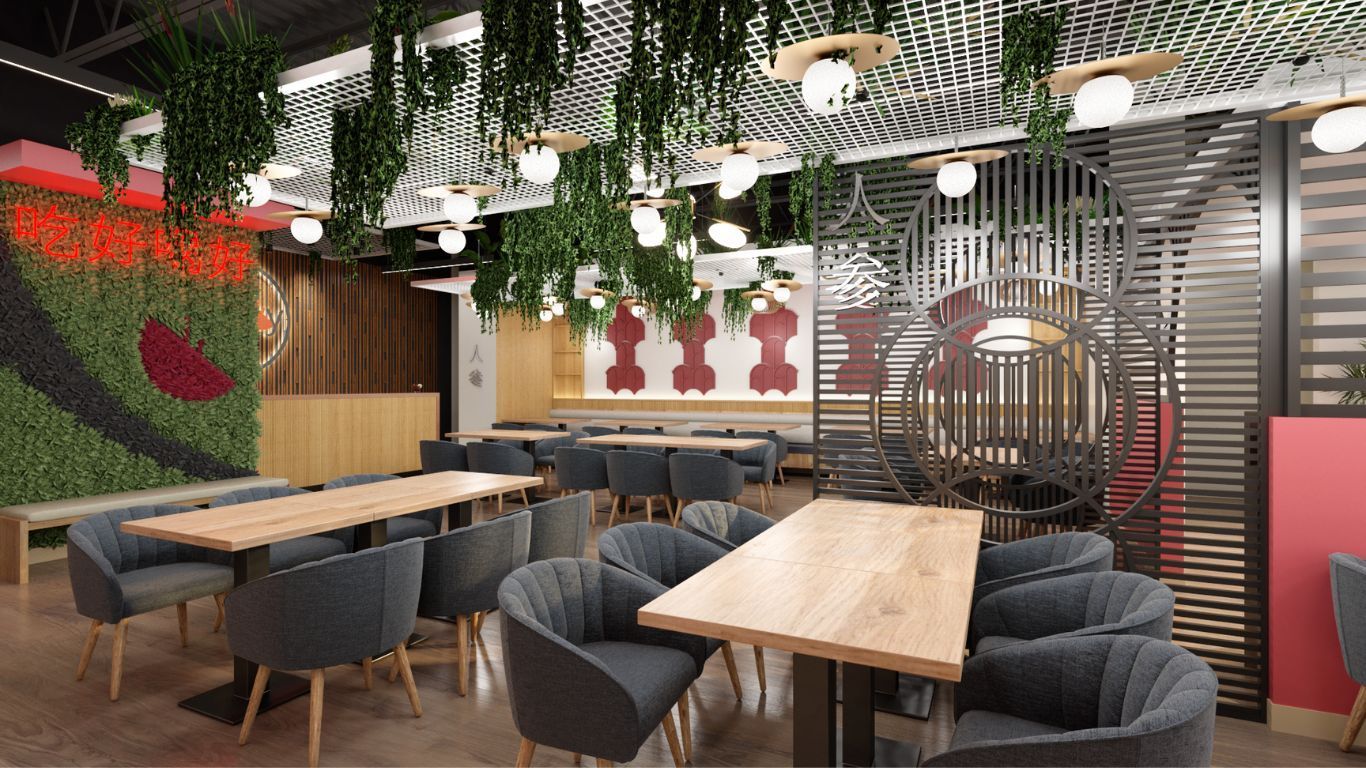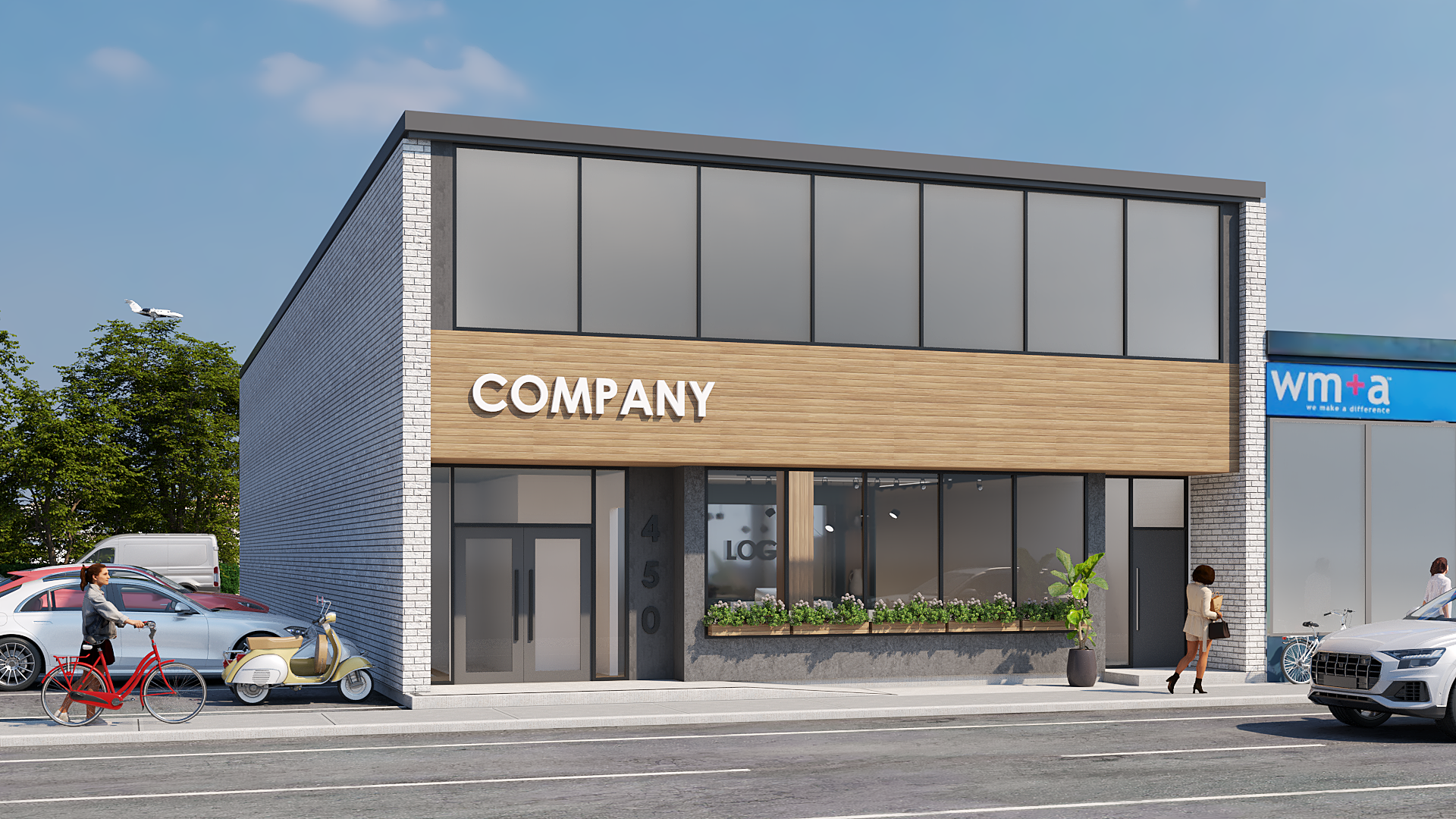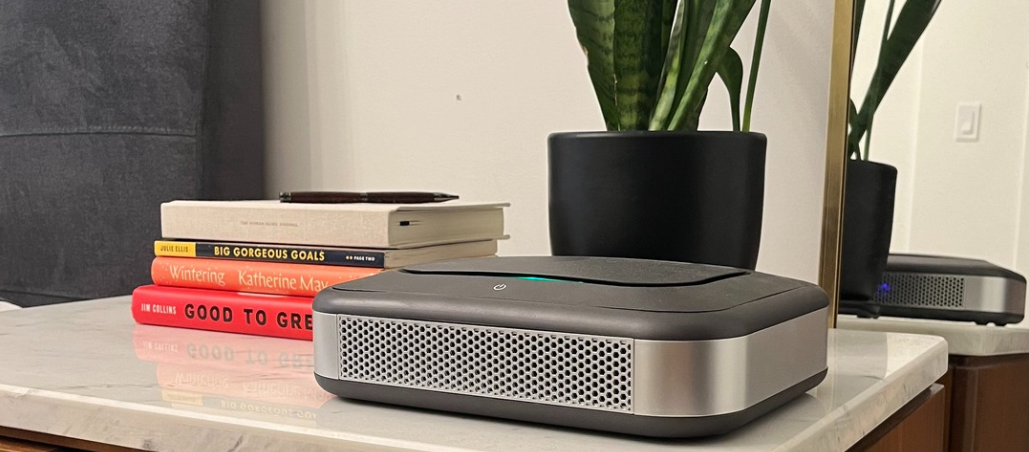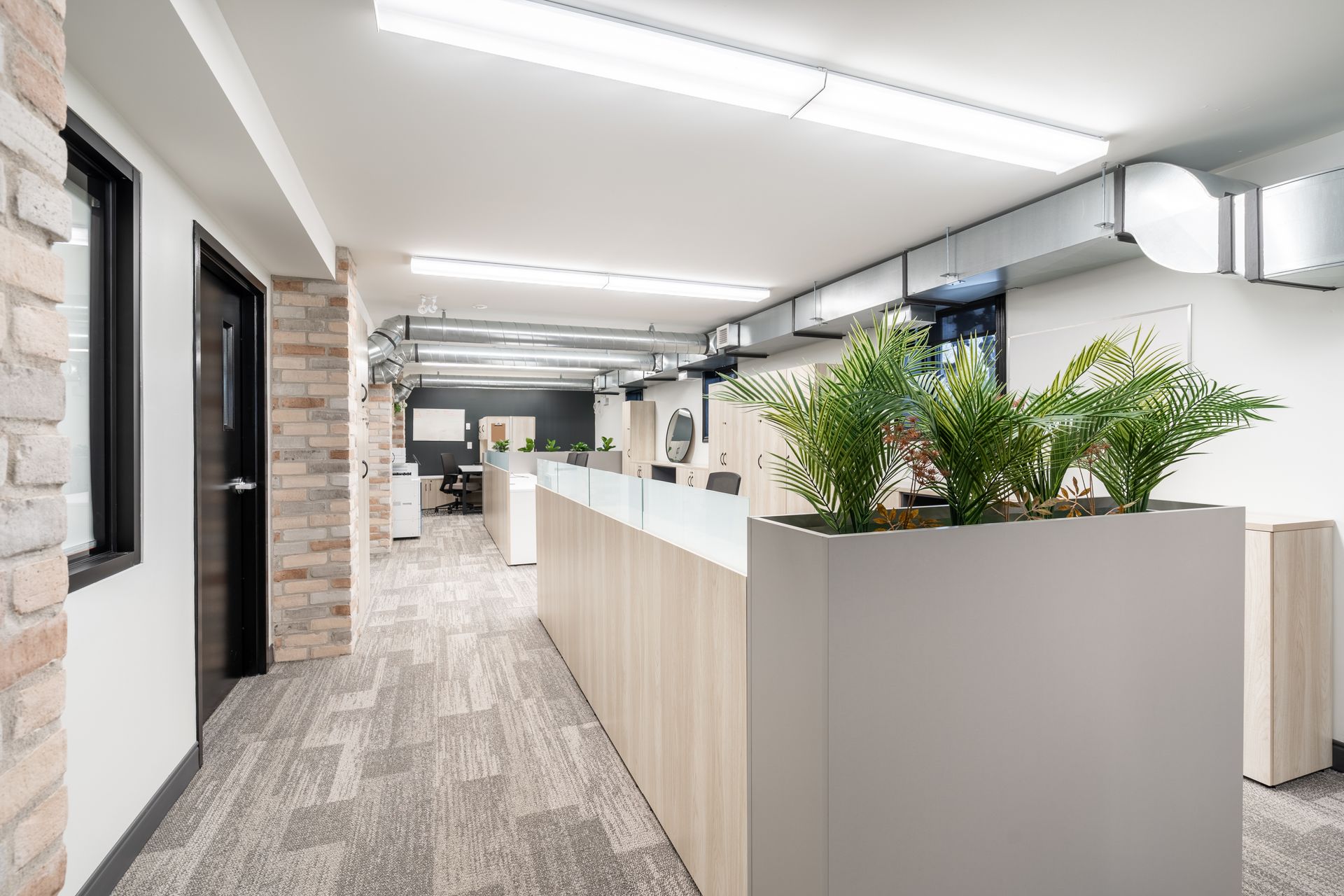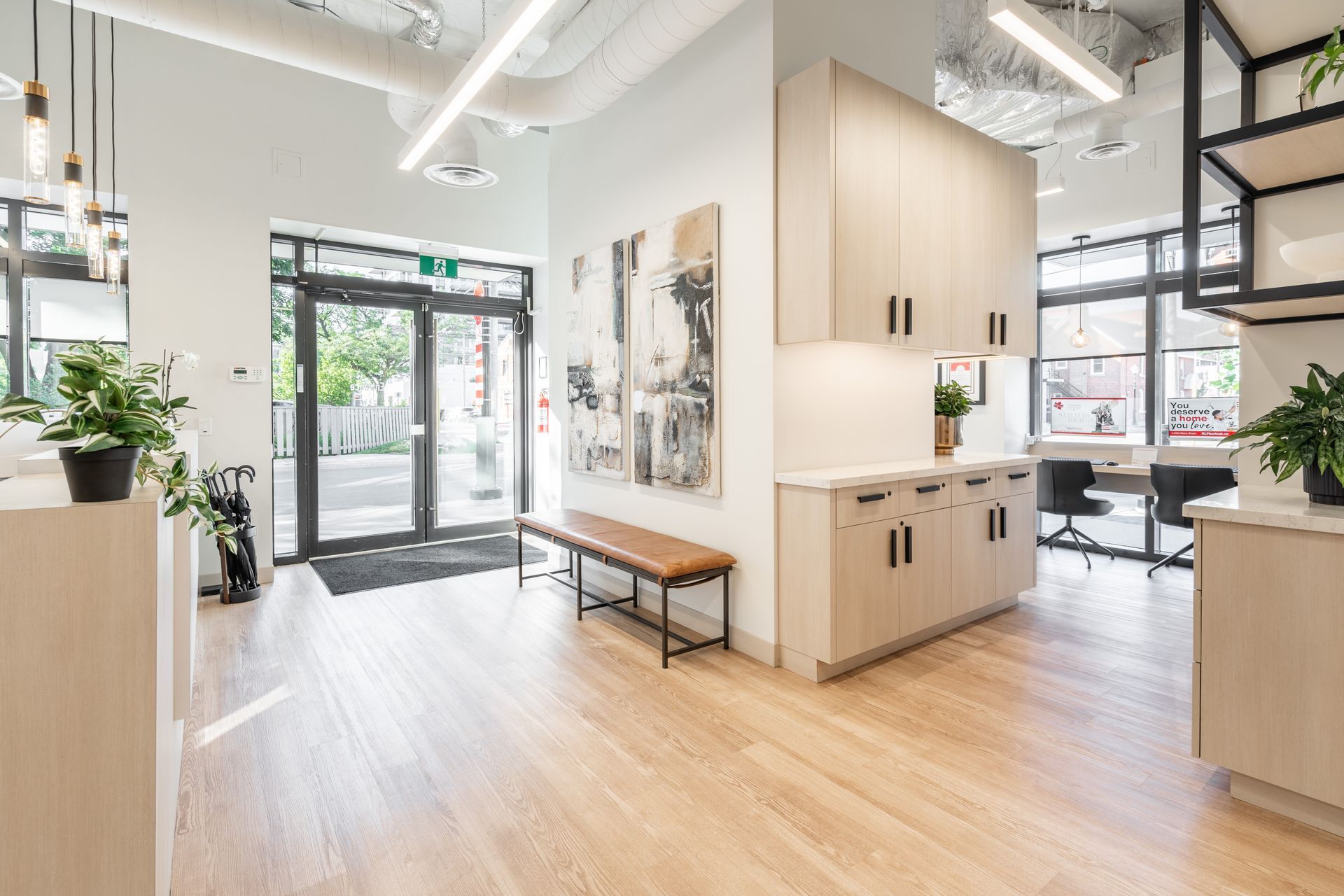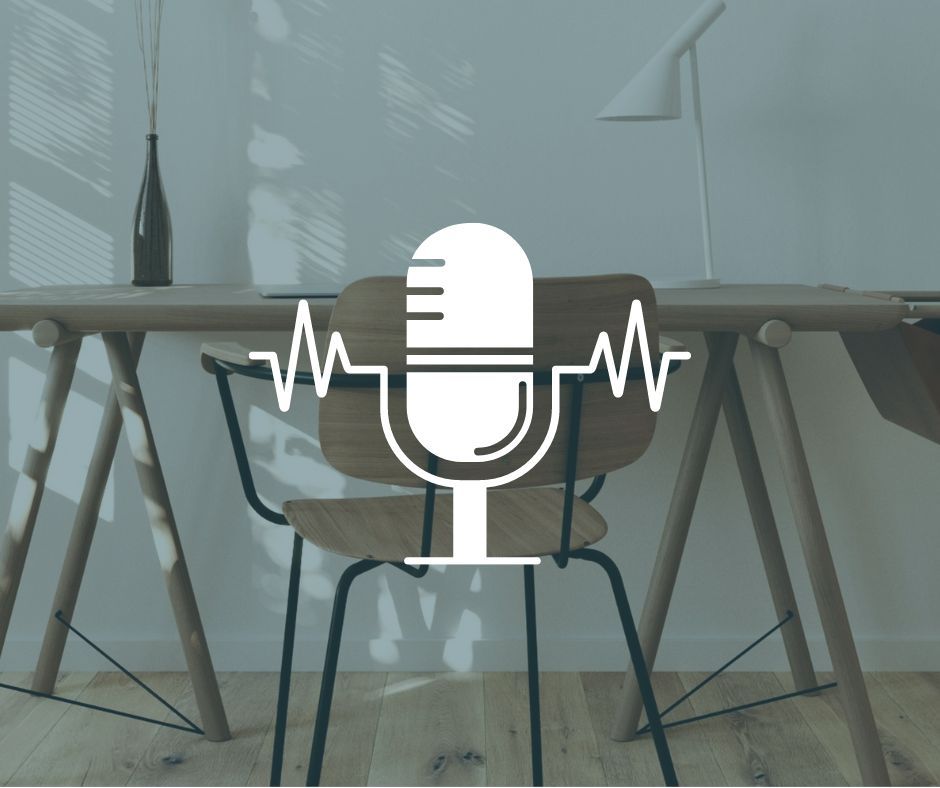The Importance of Face-to-Face Relationship Building in the Workplace
In today's increasingly hybrid work environment, the importance of face-to-face relationship building cannot be overstated. While remote work offers flexibility and convenience, in-person interactions are crucial for mentorship, networking, and creative collaboration. Employees rarely express a desire to avoid their colleagues entirely; rather, they seek purposeful, enjoyable, and supportive office visits. The key to fostering these interactions lies in creating a workspace that meets their needs and exceeds the comforts of home.
The Value of In-Person Interactions
1. Mentorship
Mentorship is a vital component of professional development. While virtual meetings can maintain communication, face-to-face interactions build deeper connections and trust. These personal interactions allow mentors to provide real-time feedback, observe non-verbal cues, and offer support in a more impactful manner.
2. Networking
Networking is another area where in-person meetings excel. Casual conversations during breaks or in common areas can lead to valuable connections and opportunities that are less likely to occur in a virtual setting. These spontaneous interactions often spark ideas and collaborations that drive innovation.
3. Creative Collaboration
Creativity thrives in environments where people can freely exchange ideas and build on each other's thoughts. Face-to-face meetings foster a sense of camaraderie and collective problem-solving that is difficult to replicate online. Physical presence allows for immediate feedback and dynamic brainstorming sessions, making the creative process more fluid and effective.
Creating Purposeful and Enjoyable Office Visits
1. Engaging Your Team
Understanding what your employees need from their office environment is crucial. Engaging them in meaningful dialogue about their preferences and work styles can help create a space that feels both purposeful and enjoyable. Employees are more likely to come to the office if they feel their needs are being met and their voices are heard.
2. Better Than Home: Office Amenities and Design
To attract employees to the office, the workspace must offer advantages over home environments. This includes superior ergonomics, better lighting, and social opportunities that enhance the work experience.
- Ergonomics: High-quality furniture and equipment that promote good posture and reduce strain are essential. Ergonomically designed workspaces help prevent discomfort and health issues, making the office a more appealing place to work.
- Lighting: Proper lighting is crucial for both productivity and well-being. Natural light is ideal, but well-designed artificial lighting can also create a pleasant and energizing environment.
- Amenities: Offering amenities such as fitness centers, comfortable lounges, and well-equipped kitchens can make the office a more attractive place to spend time. These perks provide convenience and enhance the overall work-life balance.
- Social Opportunities: Creating spaces that encourage social interaction, such as communal areas and breakout rooms, can foster a sense of community. Social events and team-building activities can also help strengthen relationships among employees.
Designing for a Hybrid Future
To support a hybrid workforce, office design should be flexible and adaptable. This includes providing spaces for both individual work and group collaboration. Hot-desking, where employees do not have assigned seats but choose their workspace each day, can accommodate fluctuating attendance and diverse work styles.
Crafting a Tailored, Occupant Wellness-Focused Space
Creating a tailored, occupant wellness-focused space involves considering the unique preferences and needs of your employees. This personalized approach ensures that the office environment supports their well-being and productivity. Factors to consider include:
- Work Preferences: Engage with your team to understand their preferred work styles and the types of environments in which they feel most productive.
- Comfort and Ergonomics: Invest in high-quality ergonomic furniture to reduce strain and enhance comfort.
- Environmental Factors: Optimize lighting, air quality, and noise levels to create a conducive work environment.
- Amenities and Social Spaces: Provide amenities that support well-being and opportunities for social interaction.
- Flexibility: Design adaptable spaces that can be easily reconfigured to meet changing needs and preferences.
Face-to-face relationship building is essential for mentorship, networking, and creative work. By creating an office environment that meets the needs of employees and offers advantages over working from home, companies can encourage meaningful in-person interactions. Engaging with employees to understand their preferences, investing in ergonomic furniture, optimizing lighting, and offering social opportunities are key steps to making office visits purposeful and enjoyable.
Ready to optimize your office for a hybrid future? Contact us today to book a call and discuss your needs. We can help transform your workspace into a dynamic and productive environment that supports employee engagement and collaboration. Reach out to our team at to get started.
Like this resource? Feel free to share...
